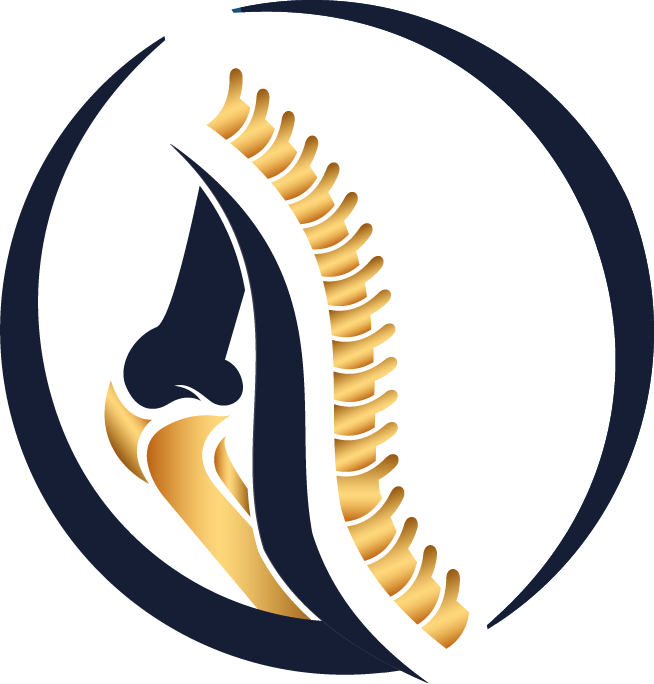Child Elbow Fractures
Children often fall due to high physical activity. Falling on the hand, especially when the arm is straight, often ends with an elbow fracture. These fractures constitute 10% of all pediatric fractures. In these fractures, there is a risk of vascular and nerve injury.
Types of Child Elbow Fractures
Different types of fractures can occur in the elbow.
Above the elbow (supracondylar) fractures: The upper arm bone (humerus) is broken just above the elbow. It is most commonly seen in children. It is the most common and most serious fracture. Because it can cause nerve damage and circulatory disorder.
Elbow roller (condylar) fractures: In these fractures, a part of the roller of the upper arm bone that forms the elbow joint is broken. Careful treatment of these fractures is very important. Otherwise, the growth plate in the elbow will be damaged and elbow curvatures resulting from growth may be seen.
Elbow protrusion (epicondylar) fractures: It is the fracture of the protrusions called epicondyle on both sides of the elbow roller. It is common in 9-14 years old and in the inner side.
Growth plate fractures: The growth plates of the bones of the upper arm and forearm are at the bone ends near the elbow. Deterioration of growth or asymmetry in fractures of these plates is the most important complication. Therefore, they need to be treated very carefully. Growth plate-related growth problems may occur, albeit less frequently, even in very well-treated ones.
Forearm fractures: An elbow strain can result in a fracture or crushing of the head of the forearm bone (radius) on the thumb side. Sometimes elbow dislocation can be added to this fracture. Fractures of the elbow tip (olecranon) or other forearm bone (ulna) are rare.
Symptoms in Child Elbow Fracture
- Elbow movement is painful and limited. Often, the child can't move his arm because of the pain.
- Swelling
- Deformity
How is Child Elbow Injuries Diagnosed?
If your child has symptoms such as pain in the elbow and limitation of movement after a fall, consult your doctor immediately.
Issues to be examined at the beginning of the inspection; where the sensitivity is and whether there is vascular-nerve injury. In many cases, the diagnosis can be made in X-ray imaging performed without wasting time. In cases where the diagnosis is uncertain, additional X-ray imaging at different angles will be useful to compare with the X-ray of the opposite elbow. Computed tomography (CT) imaging can also be used by adjusting the dose if necessary.
How is Child Elbow Injuries Treated?
Treatment varies according to the location and grade of the fracture. 3-5 weeks of full or half plaster application may be sufficient for non-displaced or some slightly displaced fractures. During this period, it may be necessary to control the fracture with control X-rays from time to time.
If the fracture is displaced, it is necessary to reduce it. Sometimes reduction can be done manually without the need for surgery. It is ideal to perform this procedure under general anesthesia. However, most displaced elbow fractures require surgery. Since it is inconvenient to try to fix some types of fractures by hand, your doctor will recommend direct surgery. At the end of a surgery, the elbow returns to normal completely.
 Türkçe
Türkçe
 Arabic
Arabic
